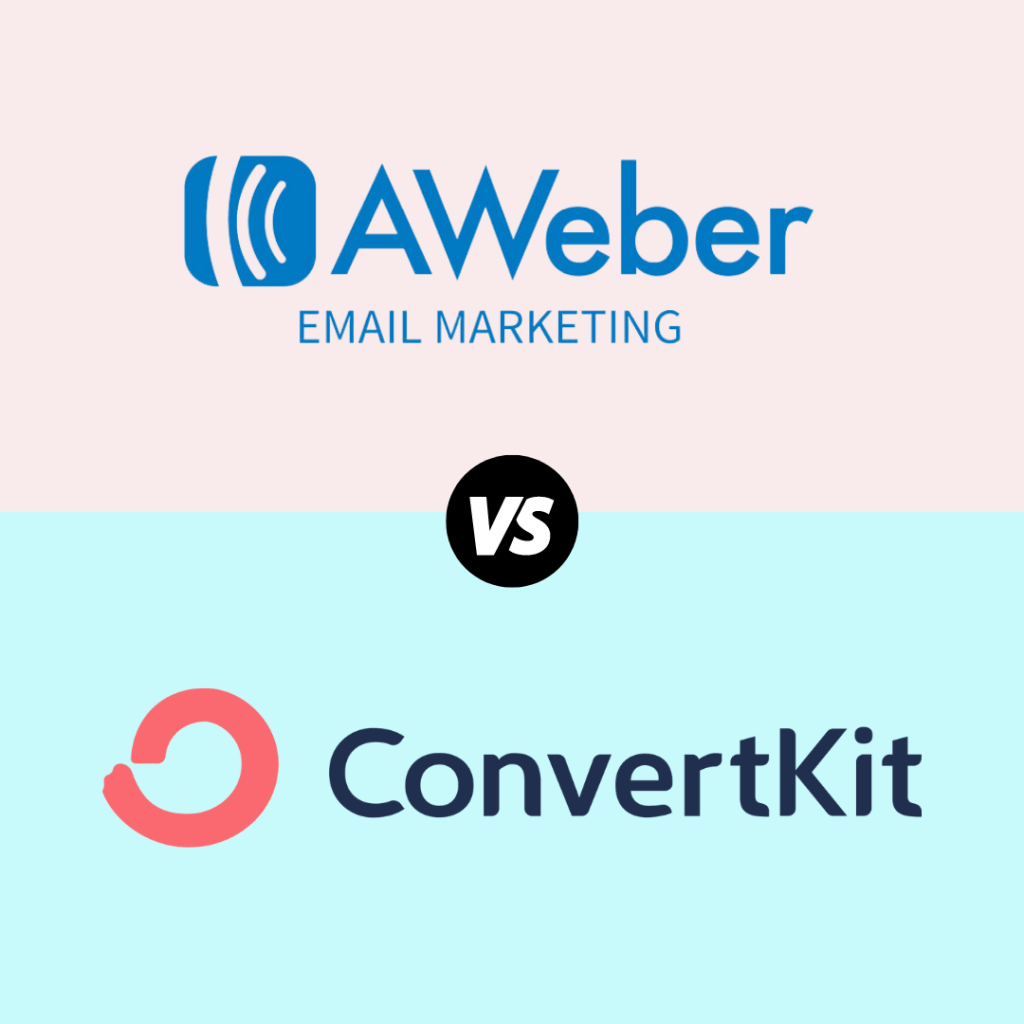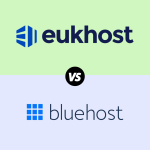Choosing the right email marketing tool can make or break your business’s online communication strategy. Two popular contenders in this space are Aweber and ConvertKit. Both are powerful tools with their own sets of features, pricing, and target audiences. This blog post will help you decide which platform is best suited for your needs, whether you’re an entrepreneur, blogger, or small business owner.
Overview of Aweber and ConvertKit
Before we dive into the detailed comparison, here’s a brief overview of each platform:
Aweber is one of the original email marketing platforms, having been around since 1998. It’s known for its ease of use, robust feature set, and excellent customer support. Aweber is geared more towards small businesses and marketers who need a straightforward tool to manage their email campaigns.
ConvertKit is a relative newcomer but has quickly gained popularity, especially among bloggers, content creators, and online course providers. It focuses on simplicity, automation, and the needs of individual creators looking to build an engaged audience.
Key Features Comparison
Let’s compare the key features of Aweber and ConvertKit side-by-side:
| Feature | Aweber | ConvertKit |
|---|---|---|
| Ease of Use | User-friendly, drag-and-drop builder, suitable for beginners. | Intuitive, clean interface, designed with creators in mind. |
| Automation | Basic automation (autoresponders, drip campaigns). | Advanced automation with visual workflows and tagging system. |
| Templates | Over 700 customizable templates. | Limited number of templates, focused on simplicity and design. |
| Landing Pages | Built-in landing page builder with customizable options. | Includes a landing page builder, ideal for creators. |
| Tagging & Segmentation | Basic segmentation based on subscriber actions. | Advanced tagging and segmentation, perfect for targeted content. |
| Integrations | Integrates with most major platforms, including WordPress, Shopify, and more. | Integrates with many creator-focused tools like Teachable, Stripe, and WordPress. |
| Analytics | Basic reporting (open rates, click-through rates). | Advanced reporting with focus on subscriber growth and engagement. |
| Pricing | Starts at $19/month for up to 500 subscribers. | Starts at $29/month for up to 1,000 subscribers. |
| Support | 24/7 customer support via email, live chat, and phone. | Email and live chat support, with a large library of resources. |
Pros and Cons
To make your decision easier, here’s a breakdown of the pros and cons for each platform:
| Platform | Pros | Cons |
|---|---|---|
| Aweber | – Large selection of templates. – Excellent customer support. – Reliable deliverability rates. | – Basic automation features. – Outdated interface design. – Limited advanced segmentation. |
| ConvertKit | – Advanced automation and segmentation. – User-friendly interface. – Designed for creators. | – Fewer templates available. – Higher starting price. – Limited reporting features. |
Who Should Choose Aweber?
Aweber is ideal for:
- Small businesses that need a reliable and easy-to-use email marketing tool with a wide variety of templates.
- Marketers who prefer a platform with strong customer support and do not require complex automation.
- Beginners who want a straightforward platform to get started with email marketing without a steep learning curve.
Who Should Choose ConvertKit?
ConvertKit is best for:
- Content creators such as bloggers, YouTubers, and podcasters who need advanced automation and tagging features.
- Online course providers who require seamless integration with platforms like Teachable and Thinkific.
- Entrepreneurs looking for a clean, intuitive interface and a tool that focuses on audience engagement and growth.
Frequently Asked Questions (FAQ)
1. Can I migrate from Aweber to ConvertKit (or vice versa)?
- Yes, both platforms offer migration services. ConvertKit offers a free migration service for users with over 5,000 subscribers, while Aweber provides step-by-step guides to help you migrate your contacts.
2. Which platform is better for automation?
- ConvertKit excels in automation with its visual workflows and tagging system, making it ideal for businesses that rely on complex email sequences.
3. Does ConvertKit offer more integrations than Aweber?
- ConvertKit offers integrations focused on creators, such as with Teachable and Gumroad. Aweber, on the other hand, has a broader range of integrations with various business tools.
4. Which platform is more affordable?
- Aweber has a lower starting price at $19/month for up to 500 subscribers, while ConvertKit starts at $29/month for up to 1,000 subscribers. However, ConvertKit’s features may justify the higher price for certain users.
5. Can I create landing pages with both platforms?
- Yes, both Aweber and ConvertKit offer landing page builders, but ConvertKit’s is more focused on simplicity and conversion, making it suitable for creators who want to grow their audience quickly.
Final Verdict
Choosing between Aweber and ConvertKit depends on your business needs, goals, and experience level. If you’re a small business owner or marketer who values a wide range of templates, reliable customer support, and a budget-friendly option, Aweber is a solid choice. However, if you’re a content creator, online educator, or entrepreneur who needs advanced automation, segmentation, and a tool designed specifically for building an engaged audience, ConvertKit is the better option.
Both platforms have their strengths and cater to different audiences, so consider your specific requirements before making a decision. If you’re still unsure, take advantage of their free trials to explore the features firsthand and see which one aligns with your goals.



